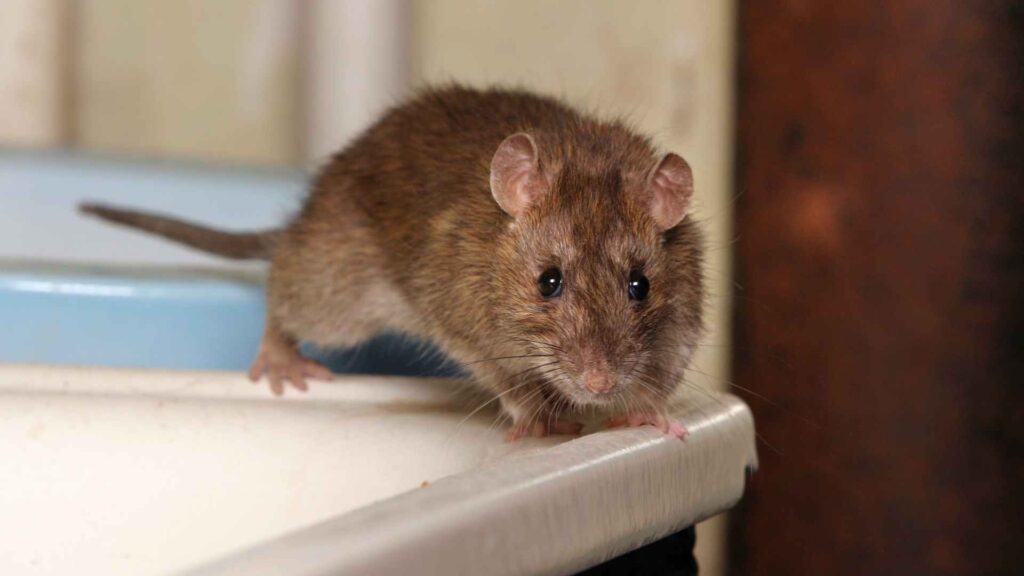Table Of Content
ToggleRat holes in your yard can be more than just an eyesore—they can indicate a deeper pest problem that requires immediate attention. Understanding how to identify and remediate rat holes is crucial for maintaining a healthy and safe outdoor environment.
In this comprehensive guide, we will delve into the signs of rat activity, effective methods for identifying rat holes, and practical strategies for remediation.
Whether you’re dealing with a minor infestation or a persistent rat problem, this guide will equip you with the knowledge and tools to reclaim your yard from these troublesome pests.
Rat holes are small openings in the ground that serve as entry and exit points for rats’ underground burrows. These burrows are complex networks of tunnels used for nesting, breeding, and storing food.
Don’t Let Rodents Rule – Reach Out for Immediate Removal!

Recognizing the signs of rat activity is essential for effectively identifying and addressing rat holes in your yard.

Rat holes in your yard pose serious risks, impacting both health and property. Understanding these dangers can help you take prompt action to mitigate potential harm.
Secure Your Space: Our Rodent Control Solutions Await!
Eliminating rat holes in your yard involves a combination of natural remedies, chemical solutions, and professional assistance when necessary. By employing these strategies, you can effectively manage and eradicate rat infestations, ensuring a safer and cleaner outdoor environment.
If the infestation seems overwhelming or you’re uncomfortable dealing with chemicals or traps, call a professional pest control company. We have the expertise and resources to safely and effectively eliminate the rats and seal potential entry points.

To ensure your yard remains rat-free**,** it’s crucial to implement preventative measures that deter these pests from returning. By following effective yard maintenance practices, adopting strategic landscaping choices, and thoroughly sealing potential entry points, you can avoid rats entering your home.
Take Action Against Rodents: Our Team is Ready to Assist!
As a pest control expert, I understand how frustrating and disruptive rat infestations can be. By following the identification tips, control methods, and preventative measures outlined above, you can effectively address rat holes in your yard and keep your property safe from these unwelcome guests.
Remember, proactive measures are key. By keeping your yard clean, eliminating hiding spots, and sealing potential entry points, you can discourage rats from taking up residence in the first place.
To effectively get rid of rat holes in your yard, start by identifying the active rat holes through signs like fresh digging, rat droppings, and greasy marks near entry points. Once identified, use appropriate methods to block and seal the holes to prevent rats from re-entering. You can use materials like concrete, wire mesh, or metal plates to block up rat holes securely. Additionally, address underlying issues that attract rats to your yard, such as food sources, shelter, and water.
Yes, it’s essential to block up rat holes to prevent rats from accessing your yard and property. Leaving rat holes open allows rats to continue their activities, including nesting, foraging, and potentially causing damage or spreading diseases. By blocking up rat holes, you disrupt their access routes and create a barrier that deters them from returning.
Rat holes can be identified by several signs, including fresh digging in soil or vegetation, small burrow entrances with smooth edges, greasy marks or rub marks near entry points, and the presence of rat droppings nearby. Active rat holes often have signs of recent activity, such as fresh dirt or disturbed surroundings.
To get rid of rats in your yard, start by eliminating food and water sources that attract them. Keep outdoor areas clean and free of debris, secure garbage bins, and store pet food indoors. Use traps or baits strategically placed near rat activity areas, and consider contacting a professional pest control service for more extensive infestations. Regular monitoring and maintenance are key to preventing rats from returning.
Your trusted pest control experts in Southern California. Keeping your neighborhood pest-free!